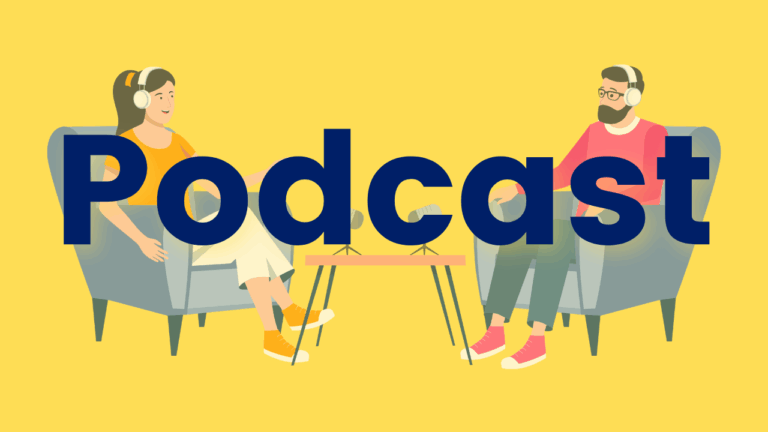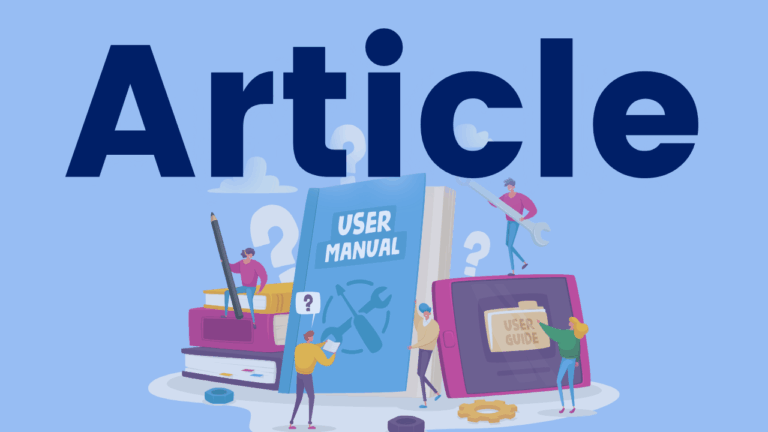Structured Literacy Interventions is an anthology of chapters written by many well-known names in reading science, including Louise Moats, Devin Kearns and Louise Spear-Swerling who also edited the book. Chapters cover a wide range of possible areas of reading difficulty, including phonemic awareness & word recognition, spelling, fluency, vocabulary, oral language comprehension, reading comprehension and written expression. The title supports Strands B (Foundations of Language), C (Comprehension) and D (Composition) of the Language curriculum. Each chapter offers research-based background and practical applications for educators working with struggling students. The book includes lesson plans and application activities, and is perfect for special education and intervention teachers, but also helpful for classroom educators looking to intensify instruction for struggling students.





